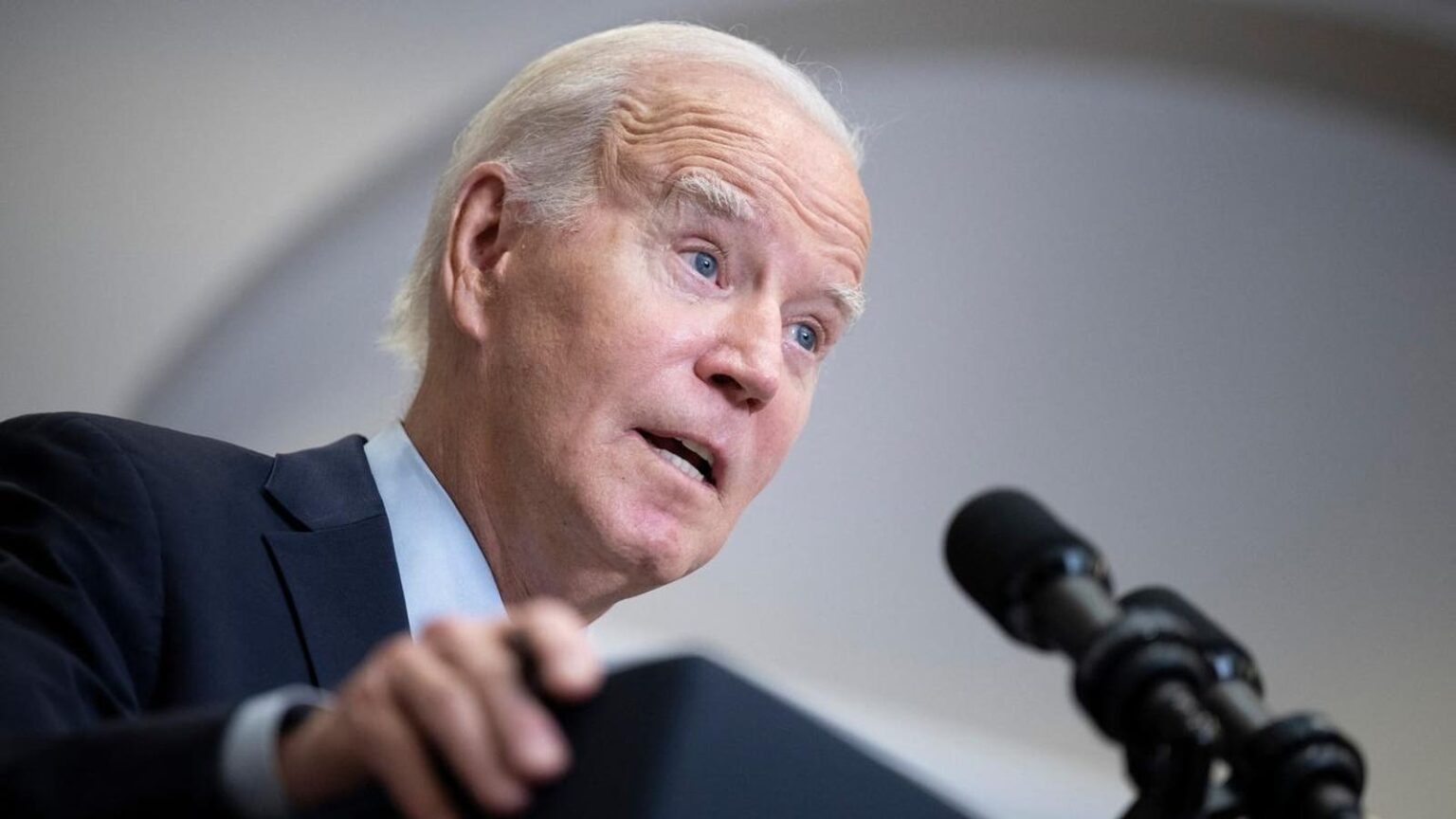On October 4, 2023, the Biden administration announced a significant change to student loan repayment options, reinstating two income-driven repayment (IDR) plans that had been phased out. This move aims to provide borrowers with enhanced pathways to manage their monthly payments and seek loan forgiveness through various programs, including the much-sought-after Public Service Loan Forgiveness (PSLF). Notably, the reopening of the Income-Contingent Repayment (ICR) plan and the Pay As You Earn (PAYE) plan offers additional options for distressed borrowers who may find themselves struggling under the financial burden of student debt, especially amidst the uncertainty surrounding the SAVE plan, which has faced legal obstacles.
The reinstatement of ICR and PAYE comes at a crucial moment as borrowers are feeling the strain of student loan repayments. Current IDR plans, by design, allow borrowers to make payments based on their income and offer the potential for forgiveness after a set repayment period—typically ranging from 20 to 25 years. Previously, most borrowers only had access to the Income-Based Repayment plan due to the phase-out of ICR and PAYE. With the legal standing of the SAVE plan uncertain and likely to face further legal challenges, the administration’s reintroduction of these options serves to expand available choices for borrowers seeking reduced payment plans, thus easing their financial struggles.
Each of the IDR plans reinstated—ICR and PAYE—offers distinct eligibility requirements and benefits. The ICR plan, initiated in 1996, allows for a 25-year repayment term, while PAYE, introduced in 2012, offers a slightly shorter repayment period of 20 years and is generally more favorable due to a lower payment formula. Specifically, the PAYE plan stipulates that borrowers with qualifying incomes will not pay on the first $22,590 of income for individuals or $46,800 for a family of four, only incurring payments on income over those thresholds. On the other hand, ICR requires payment on the first $15,060 of income for individuals. These provisions aim to provide borrowers, particularly those with lower incomes, with more manageable repayment options.
To apply for these reinstated plans, borrowers must navigate the standard IDR application process, accessible via the StudentAid.gov platform. This process involves logging into one’s account and providing income-related documents, such as tax returns. The application period for ICR and PAYE will remain open until July 1, 2027. It is important for borrowers to know that the application process might be slow, as the IDR processing system was suspended for several months following legal challenges affecting the SAVE plan. The Department of Education anticipates delays as servicers work through applications that have remained in queue during this time. This bottleneck could result in protracted waiting periods for borrowers seeking new payment plans or adjustments.
The Department of Education has positioned itself to mitigate some of these concerns during the application processing phase. Once borrowers are enrolled in either the PAYE or ICR plans, payments will begin, and interest will accrue. Notably, the payments made during this period will count towards forgiveness under PSLF and IDR. For borrowers whose applications remain in limbo due to processing delays, the department has instituted a processing forbearance that lasts up to 60 days, ensuring that no payments are due during this interim, while still counting the time toward eventual loan forgiveness.
Despite these new options, many borrowers have reported inefficiencies with servicers, with some claiming that their IDR applications are not being processed adequately. Additionally, there are concerns that borrowers are not being placed into the appropriate processing forbearance status, which would count towards their forgiveness terms. In cases where borrowers feel their applications or statuses are mishandled, they are encouraged to file complaints with the Department of Education. These reports highlight the necessity for ongoing oversight and potential reforms within the loan servicing system, ensuring that the benefits of the reinstated repayment options are effectively realized by those who need them most. The administration’s focus on expanding avenues for student loan forgiveness signifies a crucial step in addressing the pressing challenges faced by borrowers, empowering them with meaningful solutions to navigate their financial obligations.

